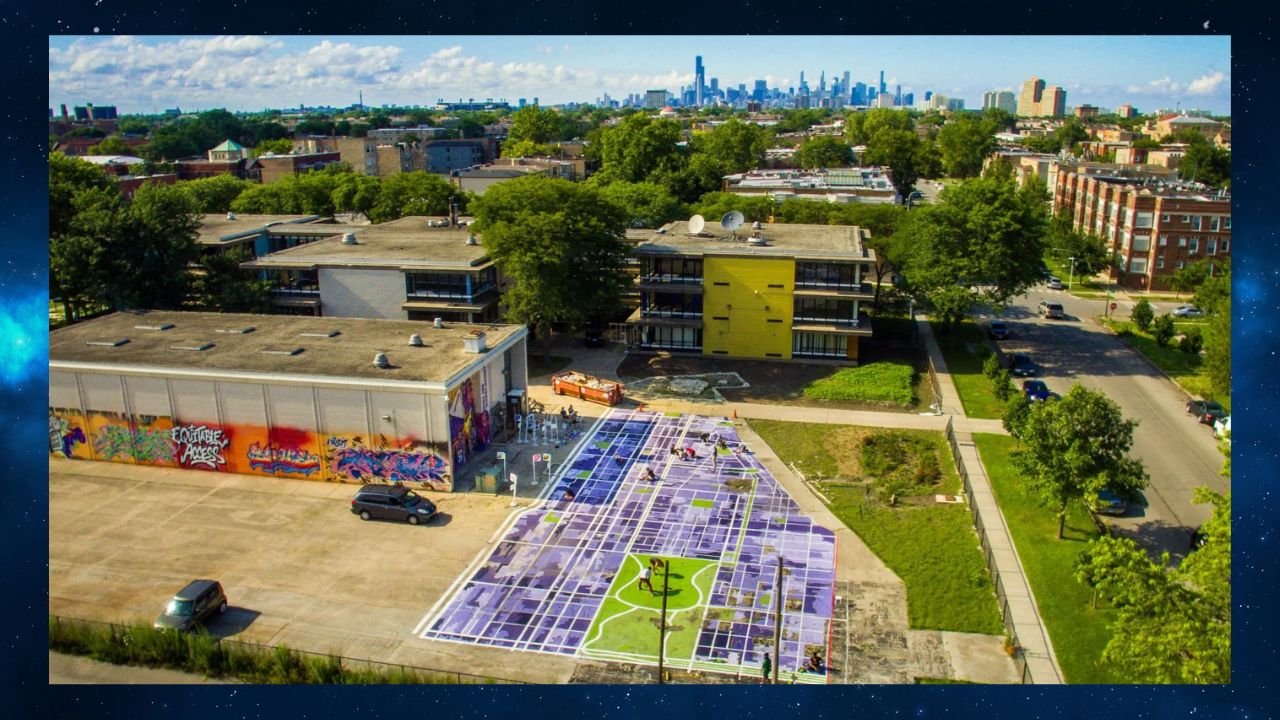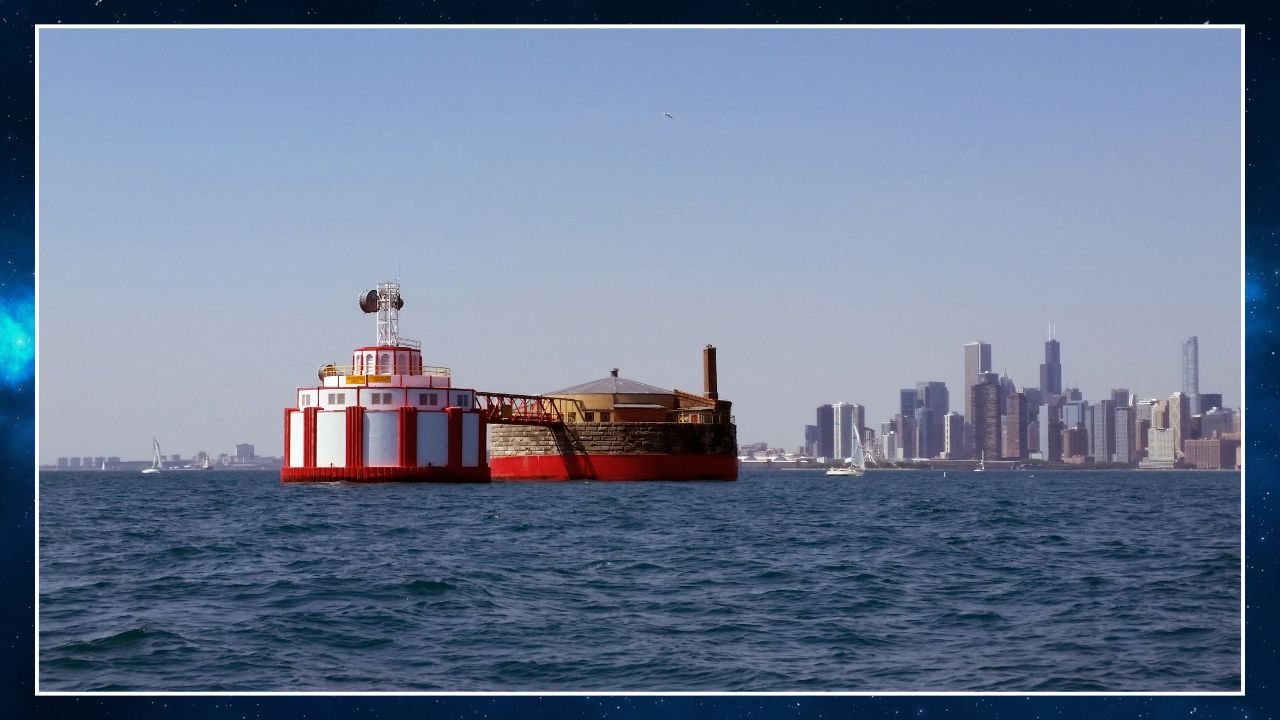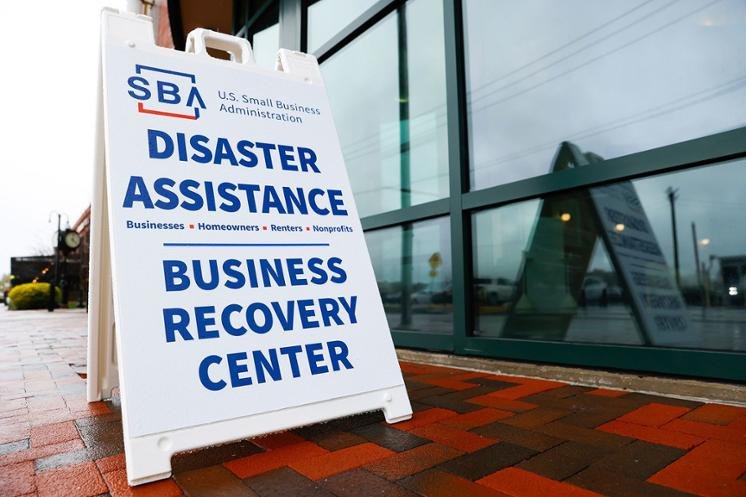CHICAGO — If you’ve recently scrolled through Instagram or TikTok and landed on shadowy videos of tunnels, freight cars, or eerie dim corridors labeled “Underground Chicago,” you’re not alone. The viral wave has sparked intense curiosity — and even conspiracy theories — about what lies beneath the Windy City.
But experts and city officials say the reality is far less mysterious — and perhaps even more fascinating. What’s being sensationalized online is a mix of historic infrastructure, some decay, and a healthy dose of misinformation.
What the Viral Videos Show — And What They Get Wrong
Dozens of social media posts have racked up millions of views showing what users claim are “abandoned” or “secret” subway lines, tunnels, and access points under downtown Chicago. Some influencers hint at shadow networks connecting CTA train lines, ghost stations, and even Cold War–era bunkers.
“It’s giving Gotham City,” one TikTok user posted, panning across what looked like an empty tunnel with rusted pipes and water dripping from the ceiling. “This is the real Underground Chicago.”
While the videos are dramatic, the truth is they rarely show anything truly secret. Most feature publicly accessible freight tunnels, basement access routes near Lower Wacker Drive, or parts of the Chicago Tunnel Company’s defunct system — much of which has been out of service for decades.
View this post on Instagram
The Real ‘Underground’ Systems
There are indeed several layers to Chicago’s underground infrastructure:
-
Freight Tunnels: Chicago once had an extensive network of underground freight tunnels built in the early 1900s. These connected buildings downtown and were used for delivering coal, mail, and merchandise without clogging surface streets. They’ve largely been sealed off since the 1950s.
-
Lower Wacker Drive: This is not a secret passageway but a double-decker roadway. The lower level runs underneath the city and is used by taxis, delivery trucks, and emergency vehicles to avoid street-level traffic.
-
CTA Train Lines: Many of the city’s subway lines, like the Red and Blue Lines, run underground. Some old stations have been decommissioned, which adds to the spooky visuals in videos, but these aren’t secret.
-
Utility Tunnels: The city also has access corridors for power, water, and telecom services — some of which are captured in the videos. These are restricted for safety reasons but sometimes become targets for urban explorers.
View this post on Instagram
Experts Say: Be Curious — But Be Safe
Local transit historian Graham Garfield, who maintains a detailed archive of Chicago’s rail infrastructure, says many of the viral posts misrepresent what they’re showing.
“It’s not that there’s some grand mystery — it’s that people don’t know the history,” Garfield said. “These are often infrastructure relics, part of a very public past that just faded from use.”
He warns that some of the footage appears to be captured illegally, raising concerns for both public safety and infrastructure security. “Exploring these spaces without permission can be incredibly dangerous and could lead to charges,” Garfield added.
City officials echoed those warnings. The CTA and Department of Transportation noted that unauthorized access to tunnels or service areas is a violation of city code — and can be life-threatening due to unstable surfaces or exposure to electrical systems.
What’s going on under there?
byu/Accomplished-King406 inwhatisit
Why the Fascination? A Cultural and Historic Obsession
Urban legends around Chicago’s underground are nothing new. From Prohibition-era bootlegging tunnels to Al Capone’s secret routes, the city’s layered history feeds the imagination.
“There’s always been an allure to what’s beneath us,” said DePaul University sociologist Elena Ramirez. “But now with social media, that curiosity spreads fast — and often without context.”
Ramirez notes the “Underground Chicago” trend taps into larger fascinations with urban decay, secrecy, and rebellion. “When people see infrastructure that’s inaccessible, they project meaning onto it — whether it’s mystery, danger, or forgotten history.”
What’s Actually Worth Seeing
For those genuinely interested in exploring the underground history of Chicago — legally — there are ways to do so:
-
The Pedway System: A network of pedestrian tunnels and overhead walkways connecting downtown buildings, malls, and transit stations.
-
Historical Tours: Groups like the Chicago Architecture Center and Forgotten Chicago host walking tours explaining the city’s layered infrastructure — above and below ground.
-
City Archives and Exhibits: Chicago History Museum and the Harold Washington Library often have maps, photos, and models of the underground freight system and its legacy.
Have you seen viral “Underground Chicago” videos? Were you fooled — or fascinated? Share your take on city myths and hidden history with us in the comments on ChicagoSuburbanFamily.com.
















